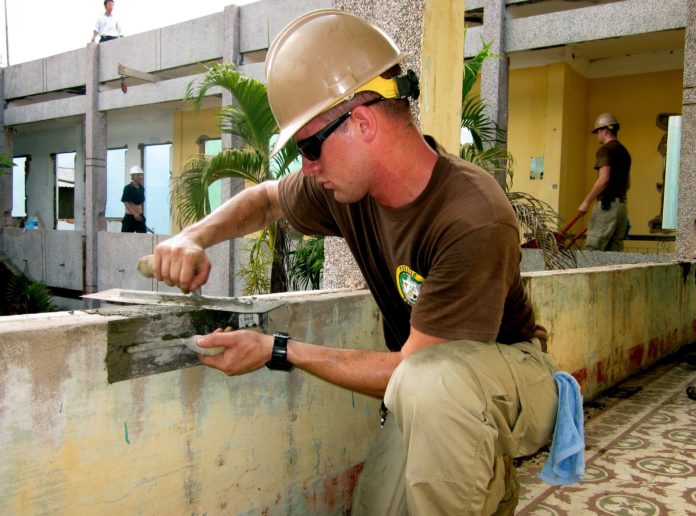Demand slowdown, low price retention, high cost inflation. The cement industry is putting out fires in several departments but has not been entirely successful given the circumstances. Profitability has plummeted for all cement firms (against an already low base), most if not all sliding into losses, barely turning a profit in the first half of this ongoing fiscal year.
Exports have also taken a different turn. Cement companies located near the port have been exporting more clinker, than cement to markets overseas.Exports share in total dispatches for many cement companies in the north has fallen as markets like India have become entirely inaccessible due to the recently imposed countervailing duty on Pakistani goods. Zero exports to India meant that the 46 percent growth in exports to Afghanistan only just made up for the loss in that market next door. n the first half of the fiscal year, 9 out of 14 companies within the cement industry are in net losses, several of which in gross losses as well. This is despite a 6 percent growth in overall dispatches during the period (exports share: 18%). However, volumes were not as well-distributed amongst cement firms as one would imagine in an industry so colluded.
In fact, it seems firms are oversupplying in a market that is on a fast—which has initiated a “survival of the fittest” strategy in the industry.The 10 percent growth comes on the back of a 15 percent growth in sales in the north, as well as a 48 percent growth in exports from the south—seaborne and mainly clinker (48% of all). In fact, 70 percent of all exports in the industry are coming from the south. The recovery in the domestic north market is a positive indicator—in February, sales were up a whopping 46 percent year on year in the north market. Compare this to a 24 percent decline in the domestic southern market. Evidently, economic activity is not as well-distributed either with the Pakistani south in great lethargy compared to the recovery in Punjab and upwards.
Though, companies are relying more on exports (up from 15% in 1HFY19 to 18%), in the south, the reliance is on low value-add clinkers which fetches lower prices in international markets compared to cement—and because of depreciation may even be more cheap. This means low margins. In the north, Indian market has closed doors for Pakistani cement after slapping 200 percent countervailing duties on Pakistani goods. In February, exports to Afghanistan grew 108 percent year on year with combined growth of 31 percent in 8MFY20. The net gain—loss in Indian market from the growth in exports to Afghan—is however still negative.
Cement companies cannot count too much on exports, it seems. They have to still look toward domestic markets for volumes and subsequently a boost to the rupee topline. However, because of the recent expansion phase, prices are under pressures in local markets as well. Idle capacity is not good for business which means the market will remain in oversupply until a substantial recovery in demand comes in, which is well spread out. That will help recover prices, and ultimately profits.



